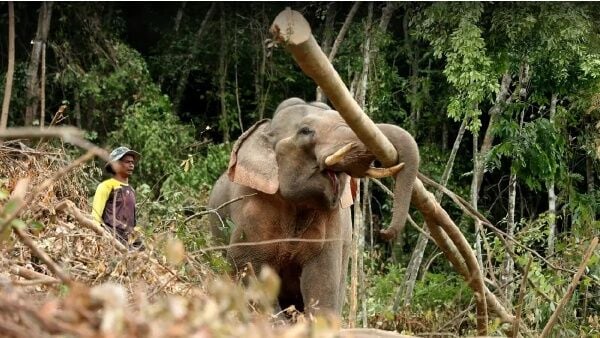Worries about the security of cultivated elephants have risen recently in interviews. These delicate companies, essential to Thailand’s business since ancient times, now face a issue that threatens their very existence. During the Rattanakosin time, domesticated animals bolstered Thailand’s business by logging. However, a dreadful change in 1988, when floods and landslides claimed life, forced a switch. Previous Agriculture Minister Sanan Kachornprasart’s swift motion suspended logging, leaving animals and their mahouts homeless. In the midst of the Covid- 19 crisis, as commerce plummeted, animals suffered afterwards. With gardens shuttered, some herdsmen returned home, while some turned to internet shows to succeed. However, there is a lighter fact beneath the surface of this rewarding sector. Animals, wielding hooks and bars, raise issues about animal welfare. Founder of the Save Elephant Foundation, Saengduean Chailert, exposes the isolation of baby animals from their mother, risking their health and happiness, reported The Nation. As shouts for justice sound, professionals demand accountability. Taweepoke Angkawanish, the captain veterinarian, calls for complete care standards. He asserts that proper training, no misuse, is key to preserving these magnificent creatures. In other information, Thailand’s authorities are making bold plans to protect the magnificent creatures and stop elephant-human conflict as the country celebrates National Elephant Day. With a blend of creativity, community engagement, and parliamentary activities, the country aims to safe the future of both wild and domesticated animals. In other information, Thailand is accused of a vile practice: keeping elephants captive for the sake of its attractive tourism industry. But the atrocities extend far beyond simply animals. Researchers have found disturbing findings that highlight the bleak reality that exists in the wildlife entertainment sector. The scope of the issue is revealed in a study conducted by World Animal Protection ( WAP ). An estimated 5.5 billion wild creatures, spanning 487 types, experience cruel captivity worldwide, with animals, bears, and lions among the most utilized. Thailand NewsTourism NewsEnvironment News

















































